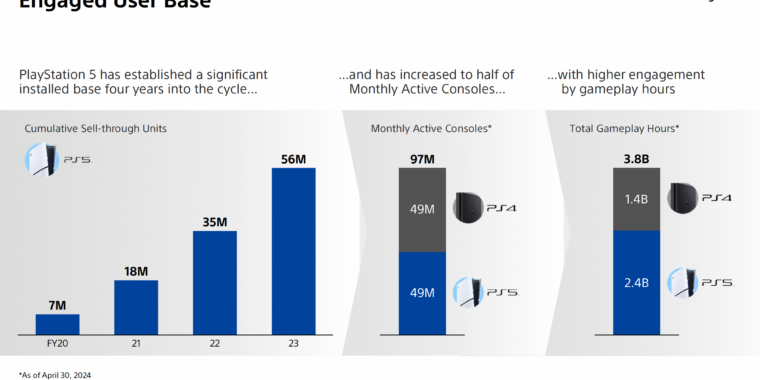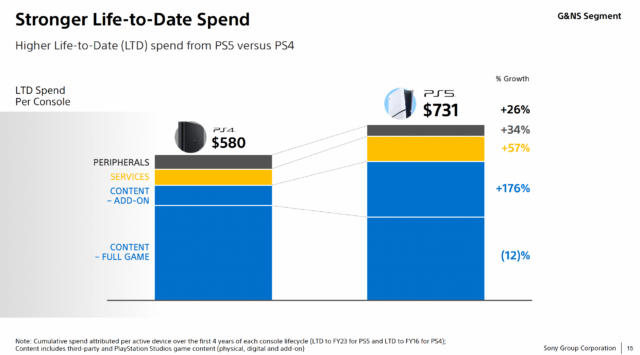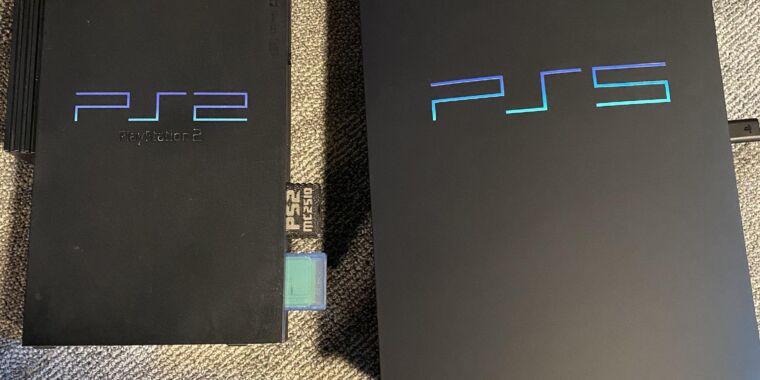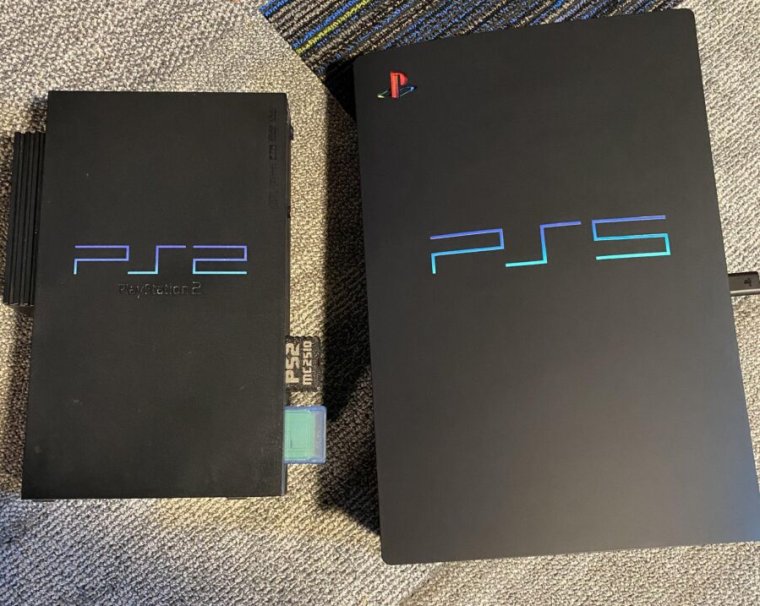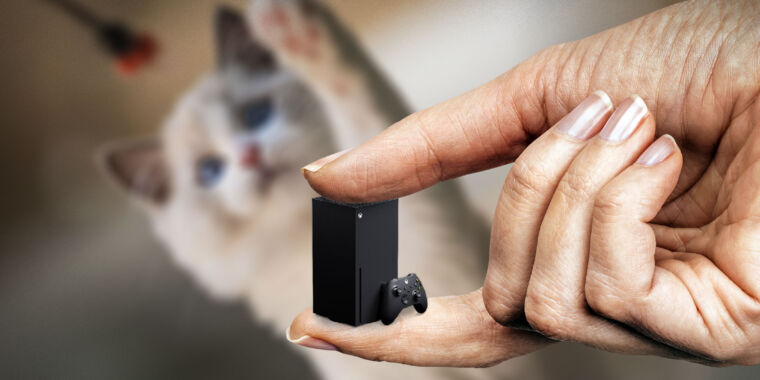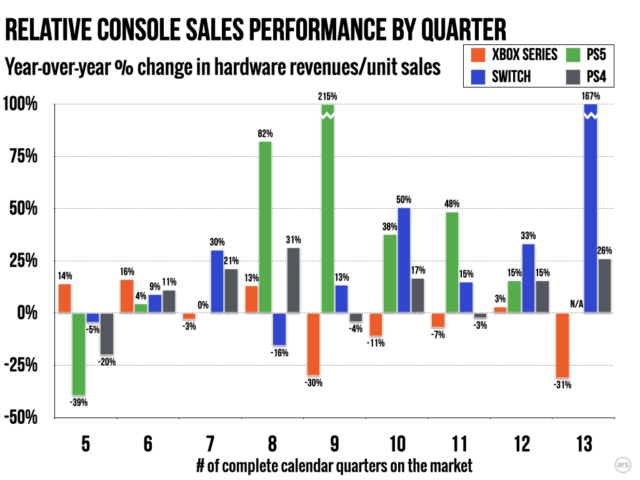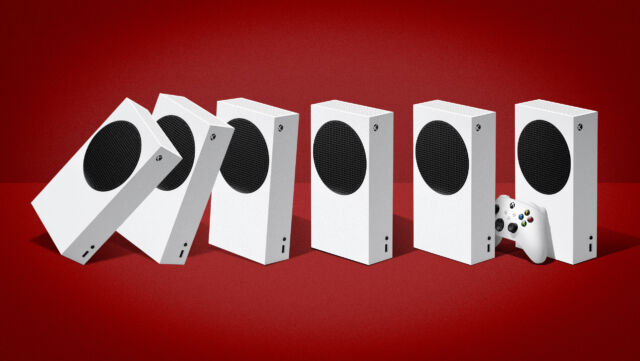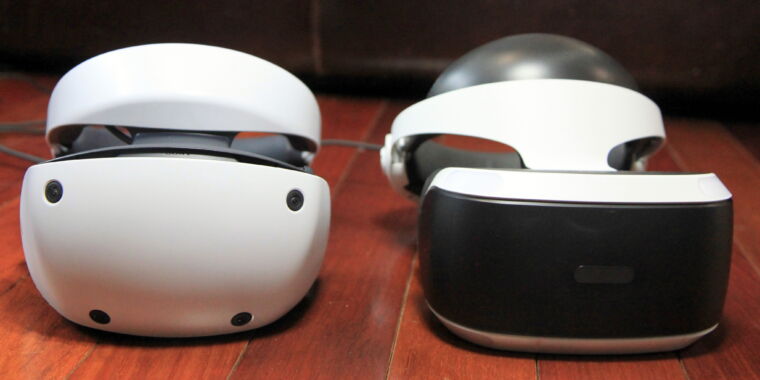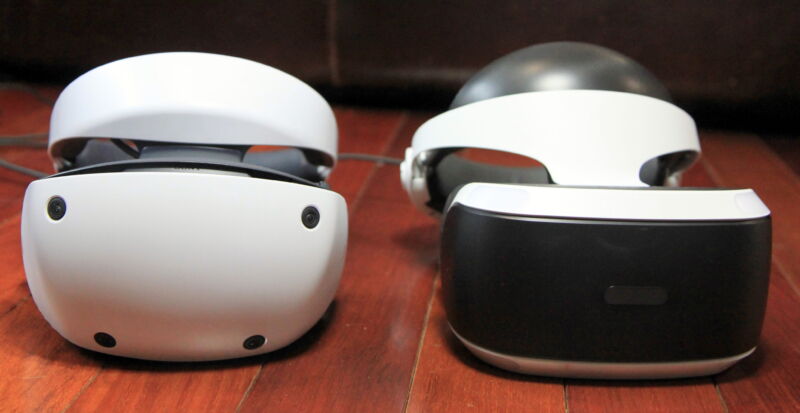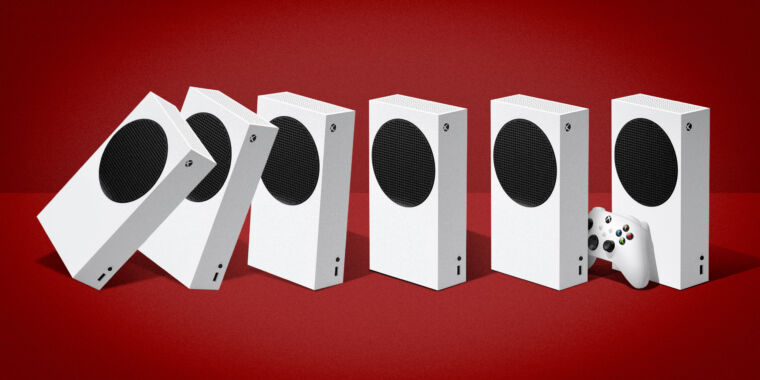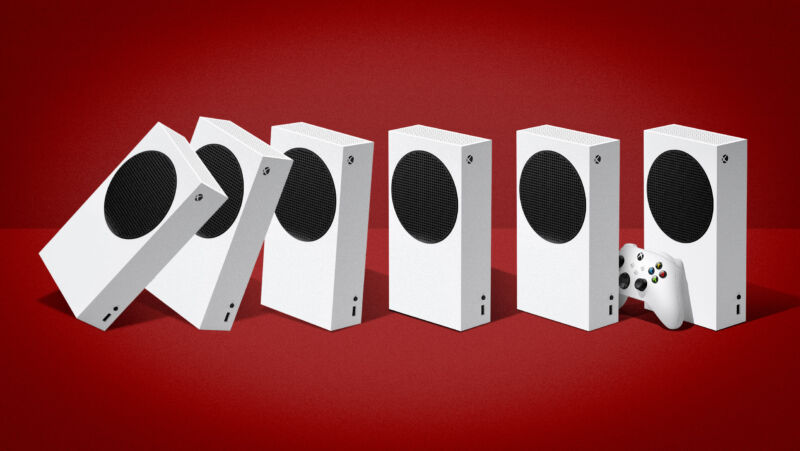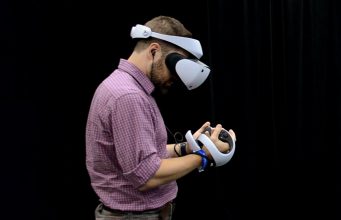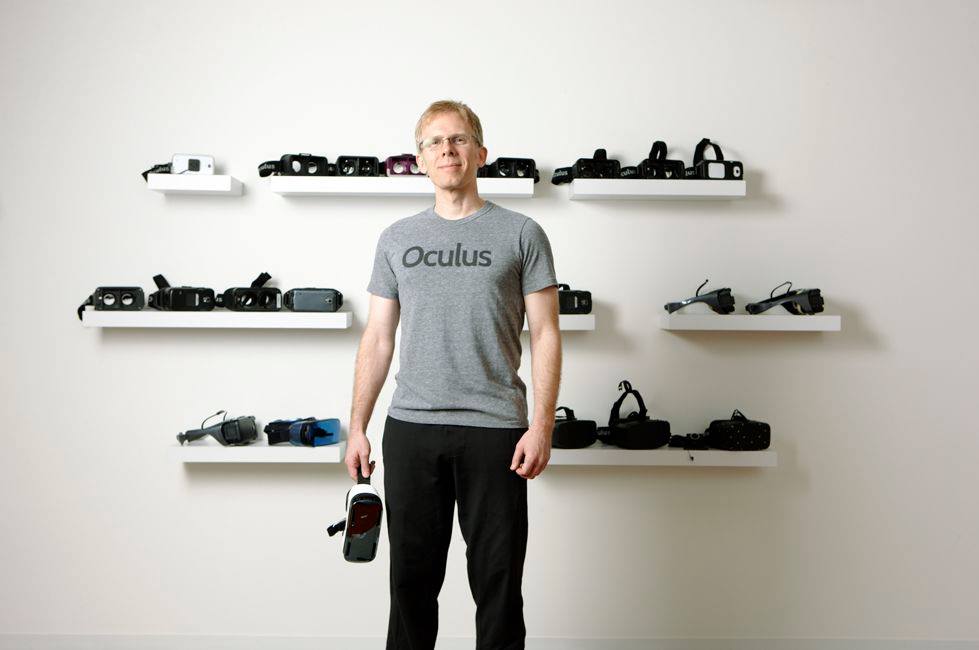“So aggravating”: Outdated ads start appearing on PS5 home screen

Getty
PlayStation 5 owners are reporting advertisements on the device’s home screen. Frustratingly, the ads seem to be rather difficult to disable, and some are also outdated ads and/or confusing content.
The ads, visible on users’ home screens when they hover over a game title, can only be removed if you disconnect from the Internet, IGN reported today. However, that would block a lot of the console’s functionality. The PS5 dashboard previously had ads but not on the home screen.
Before this recent development, people would see game art if they hovered over a game icon on the PS5’s home screen. Now, doing so reportedly brings up dated advertisements. For example, IGN reported seeing an ad for Spider-Man: Across the Spider-Verse “coming soon exclusively in cinemas” when hovering over the Marvel’s Spider-Man: Miles Morales game. Webheads will of course recall that the Spider-Verse movie came out in June 2023.
Similarly, going to NBA 2K25 reportedly shows an ad for gaining early access. But the game came out early this month.
Per IGN, it seems that the console is “pulling in the latest news for each game, whether it be a YouTube video, patch notes, or even the announcement of a different game entirely.” That means that not all games are showing advertisements. Instead, some show an image for a YouTube video about the game or a note about patch notes or updates for the game.
There also seem to be some mix-ups, with MP1st reporting seeing an ad for the LEGO Horizon Adventures game when hovering over the icon for Horizon Zero Dawn. The publication wrote: “The ad also make[s it] confusing a bit, as… it looks like you’re playing LEGO Horizon Adventures and not the actual Horizon game we’re on.”
Some games, like Astro Bot, however, don’t seem to be affected by the changes, per IGN.
Annoyed and confused
Gamers noticing the change have taken to the web to share their annoyance, disappointment, and, at times, confusion about the content suddenly forced into the PS5’s home screen.
“As someone playing through the Spiderman series now, this confused the hell out of me,” Crack_an_ag said via Reddit.
Others are urging Sony to either remove the feature or fix it so that it can be helpful, while others argue that the feature couldn’t be helpful regardless.
“Forcing every single game to make its latest news story its dashboard art is SO stupid as no one game uses the news feature consistently,” Reddit user jackcos wrote.
Sam88FPS, meanwhile, noted that ads drove them from Xbox to PlayStation:
One of the main reasons I moved away from Xbox was the fact they started to build the Xbox UI around ads and pushing [Game Pass]. Hopefully Sony listens more because Xbox absolutely refused to, in fact, they even added full screen startup ads lmao.
It’s unclear what exactly prompted this change. Some suspect it’s related to firmware update 24.06-10.00.00. But that update came out on September 12, and, as IGN noted, its patch notes don’t say anything about this. Considering the obvious problems and mix of content being populated, it’s possible that Sony is working out some kinks and that eventually the content shown on users’ home screens will become more relevant or consistent. The change has also come a few days after a developer claimed that Sony lost $400 million after pulling the Concord online game after just two weeks, prompting digs at Sony and unconfirmed theories that Sony is trying to make up for financial losses with ads.
Ars Technica has reached out to Sony about why it decided to add non-removable ads to the PS5 home screen and about the outdated and otherwise perplexing content being displayed. We’ll let you know if we hear back.
“So aggravating”: Outdated ads start appearing on PS5 home screen Read More »



